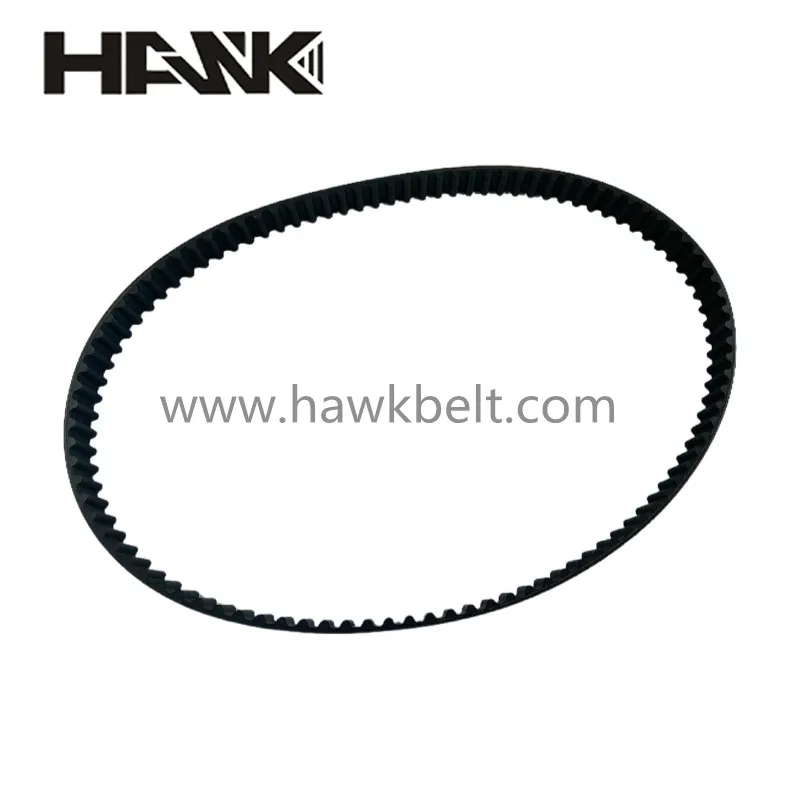- Arabic
- French
- Russian
- Spanish
- Portuguese
- Turkish
- Armenian
- English
- Albanian
- Amharic
- Azerbaijani
- Basque
- Belarusian
- Bengali
- Bosnian
- Bulgarian
- Catalan
- Cebuano
- Corsican
- Croatian
- Czech
- Danish
- Dutch
- Afrikaans
- Esperanto
- Estonian
- Finnish
- Frisian
- Galician
- Georgian
- German
- Greek
- Gujarati
- Haitian Creole
- hausa
- hawaiian
- Hebrew
- Hindi
- Miao
- Hungarian
- Icelandic
- igbo
- Indonesian
- irish
- Italian
- Japanese
- Javanese
- Kannada
- kazakh
- Khmer
- Rwandese
- Korean
- Kurdish
- Kyrgyz
- Lao
- Latin
- Latvian
- Lithuanian
- Luxembourgish
- Macedonian
- Malgashi
- Malay
- Malayalam
- Maltese
- Maori
- Marathi
- Mongolian
- Myanmar
- Nepali
- Norwegian
- Norwegian
- Occitan
- Pashto
- Persian
- Polish
- Punjabi
- Romanian
- Samoan
- Scottish Gaelic
- Serbian
- Sesotho
- Shona
- Sindhi
- Sinhala
- Slovak
- Slovenian
- Somali
- Sundanese
- Swahili
- Swedish
- Tagalog
- Tajik
- Tamil
- Tatar
- Telugu
- Thai
- Turkmen
- Ukrainian
- Urdu
- Uighur
- Uzbek
- Vietnamese
- Welsh
- Bantu
- Yiddish
- Yoruba
- Zulu
nov . 10, 2024 20:17 Back to list
Understanding the Role of Timing Belts Within Engine Functionality and Maintenance
Understanding the Timing Belt Inside Your Engine
The timing belt is a fundamental component of an internal combustion engine, orchestrating the synchronization of the engine's camshaft and crankshaft. This synchronization is critical for the engine’s performance and efficiency, ensuring that the engine's valves open and close at the right times during the intake and exhaust strokes. Understanding its role, maintenance needs, and potential failure consequences can help vehicle owners ensure their cars run smoothly.
What is a Timing Belt?
The timing belt is a reinforced rubber belt that plays an essential role in the precise operation of your engine's components. It connects the crankshaft—responsible for the rotation of the engine— to the camshaft, which opens and closes the engine's valves. The timing belt's operation is crucial, as even the slightest misalignment can lead to a catastrophic engine failure.
Importance of Timing Belt Maintenance
Regular maintenance of the timing belt is crucial for ensuring the longevity and performance of your vehicle. Timing belts typically need to be replaced every 60,000 to 100,000 miles, depending on the make and model of the vehicle. This preventive maintenance task is essential to avoid more severe issues, such as valve damage or engine failure due to the belt snapping.
When a timing belt breaks while the engine is running, it can lead to what’s known as “interference” or “non-interference” engines. In interference engines, a broken belt can cause the pistons to collide with the open valves, leading to extensive engine damage. In non-interference engines, the damage is usually less severe but can still result in significant repairs.
Signs of a Failing Timing Belt
Awareness of signs indicating a failing timing belt can save vehicle owners from potential disaster. Some common indicators include
1. Noisy Engine A failing timing belt may produce a high-pitched whining sound, indicating that the belt is nearing the end of its lifespan.
2. Engine Misfires If the timing belt is loose or misaligned, it can affect the engine’s timing, leading to misfires and poor engine performance.
3. Oil Leaks A worn timing belt can lead to oil leaks, as it may cause damage to seals and gaskets.
timing belt inside engine

5. Check Engine Light A lit check engine light can be triggered by various issues, including a failing timing belt.
How Timing Belts Are Replaced
Replacing a timing belt is a complex task that requires mechanical expertise. The procedure typically involves
1. Removing the Engine Cover This allows access to the timing belt.
2. Aligning Timing Marks It’s crucial to align the timing marks on the camshaft and crankshaft to maintain engine timing.
3. Removing Old Belt The old timing belt is taken out, and any associated components such as pulleys or tensioners are inspected and, if necessary, replaced.
4. Installing New Belt The new timing belt is then installed, ensuring that everything is perfectly aligned according to the manufacturer’s specifications.
5. Reassembly After replacing the belt, the technician will reassemble any components and test the engine for proper function.
Conclusion
The timing belt is a small but vital component that plays a critical role in the functioning of your engine. Preventative maintenance, including regular inspections and timely replacements, is essential to prevent catastrophic failures. By understanding the importance of the timing belt and recognizing the signs of potential failure, vehicle owners can take proactive measures to ensure their engines run smoothly and efficiently for years to come. Investing in regular maintenance and timely repairs is always a wise choice for any vehicle owner, ensuring peace of mind on the road.
-
Korean Auto Parts Timing Belt 24312-37500 For Hyundai/Kia
NewsMar.07,2025
-
7PK2300 90916-T2024 RIBBED BELT POLY V BELT PK BELT
NewsMar.07,2025
-
Chinese Auto Belt Factory 310-2M-22 For BMW/Mercedes-Benz
NewsMar.07,2025
-
Chinese Auto Belt Factory 310-2M-22 For BMW/Mercedes-Benz
NewsMar.07,2025
-
90916-02660 PK Belt 6PK1680 For Toyota
NewsMar.07,2025
-
drive belt serpentine belt
NewsMar.07,2025

